Unsung heroes: How esports physiotherapist Dr. Jordan Tsai is changing the game

We spoke to esports physiotherapist Dr. Jordan Tsai for the lowdown on all things esports performance. And as a physiotherapist for LCS 2022 Spring champions Evil Geniuses, it’s safe to say he knows his stuff.
Physical therapy is essential in the world of sport. Being a professional athlete means pushing your body to its limits day in, day out, and that kind of physical exertion is only possible with proper rehabilitation. Footballers, marathon runners, tennis players, gymnasts – none of these careers would be possible without physiotherapy.
So where does esports fit into this canon of sports performance?
Gamers aren’t as unhealthy as you might think
The traditional (read- stereotypical) image of a gamer is perhaps not one of peak human physical performance. The general public’s view of an esports professional is much more one of all-nighters and energy drinks than of healthy habits and staying hydrated. But, according to LCS physiotherapist Dr. Jordan Tsai, that actually couldn’t be further from the truth.
In an interview with Dexerto, he explained that LCS players tend to be relatively healthy without a ton of comorbidities, with few suffering from pre-existing conditions due to poor health or obesity. What’s more, the injuries that esports players tend to face aren’t traumatic injuries as can be found in a lot of other sports.
Thoughts on Common Gaming Injuries (a 🧵)
1. No one is immune to the physical stress of gaming. I work out 6-7 days a week and still feel the effect of 6 hours. Think about gaming as an endurance activity that requires warm up, maintenance during, and recovery work after
— DocRespawn (@doc_respawn) May 2, 2022
“A lot of esports injuries aren’t actually injuries, they’re irritation of tissue,” Dr. Tsai explained, “particularly when talking about wrist issues.”
Wrist pain is a common complaint for esports pros, particularly for players of multiplayer online battle arenas (or MOBAs) like League of Legends or DOTA 2.
He continued: “These games require a massive amount of clicking with the hand holding your mouse, which can cause a lot of issues with the extensor tendons in the hand if not properly taken care of.”
Physio is never one-size-fits-all
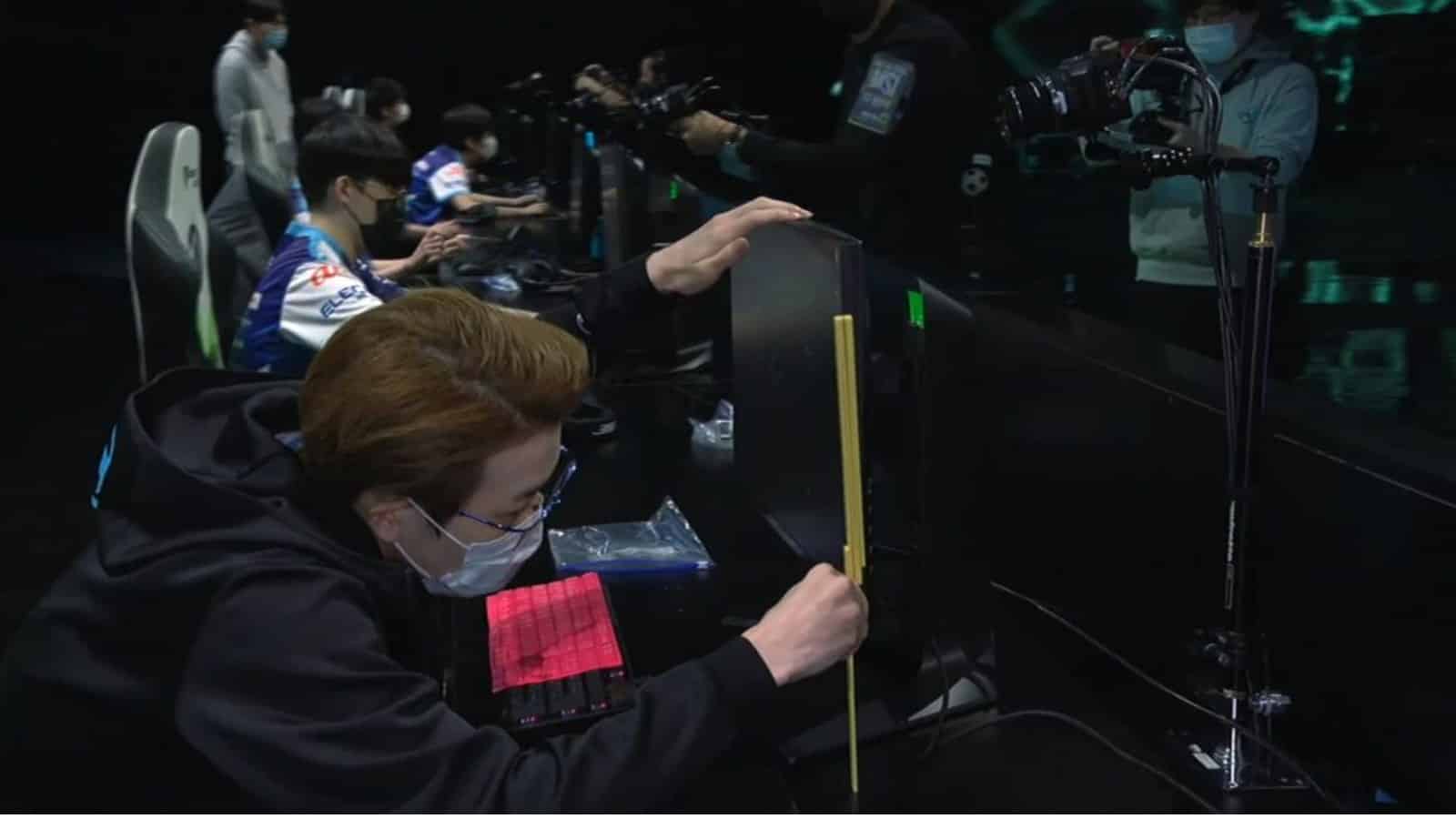 Screenshot via Kristine Tuting/ONE Esports
Screenshot via Kristine Tuting/ONE EsportsOne interesting tenet of esports physiotherapy is the differences in treatments required for different esports. Where MOBA players tend to suffer from extensor tendon inflammation, first-person shooter players have an entirely different set of issues.
FPS games like Valorant and CS:GO require large, sweeping motions with the arm due to low mouse sensitivity, using the shoulder as a pivot point while hovering their elbows. This can result in trapezius muscle strain and accompanying neck pain from the strain of keeping the entire arm suspended.
Outside of these core differences, though, Dr. Tsai explains that treatment plans for esports players can be fairly generic. He’s generally not a fan of changing the fundamentals of how a player plays the game, explaining that his job isn’t “to maximize health, it’s to maximize performance through health.”
If a player’s posture or mouse grip aids their performance but is somewhat detrimental to their physical health, he won’t change it, instead choosing to focus on treating the specific complaints that come up as a result of that posture.
“I need to improve players’ performance. Changing a player’s sitting position or mouse grip can change or worsen their performance – it fixes their posture at the expense of making them a better player, and making them a better player is my job.”
What he can change, though, is ergonomics and player habits. Getting pros to stick to physio routines is hard, and Dr. Tsai admits this, yet creating these sustainable habits is one of the most important keys to unlocking player longevity in esports.
Retention through value
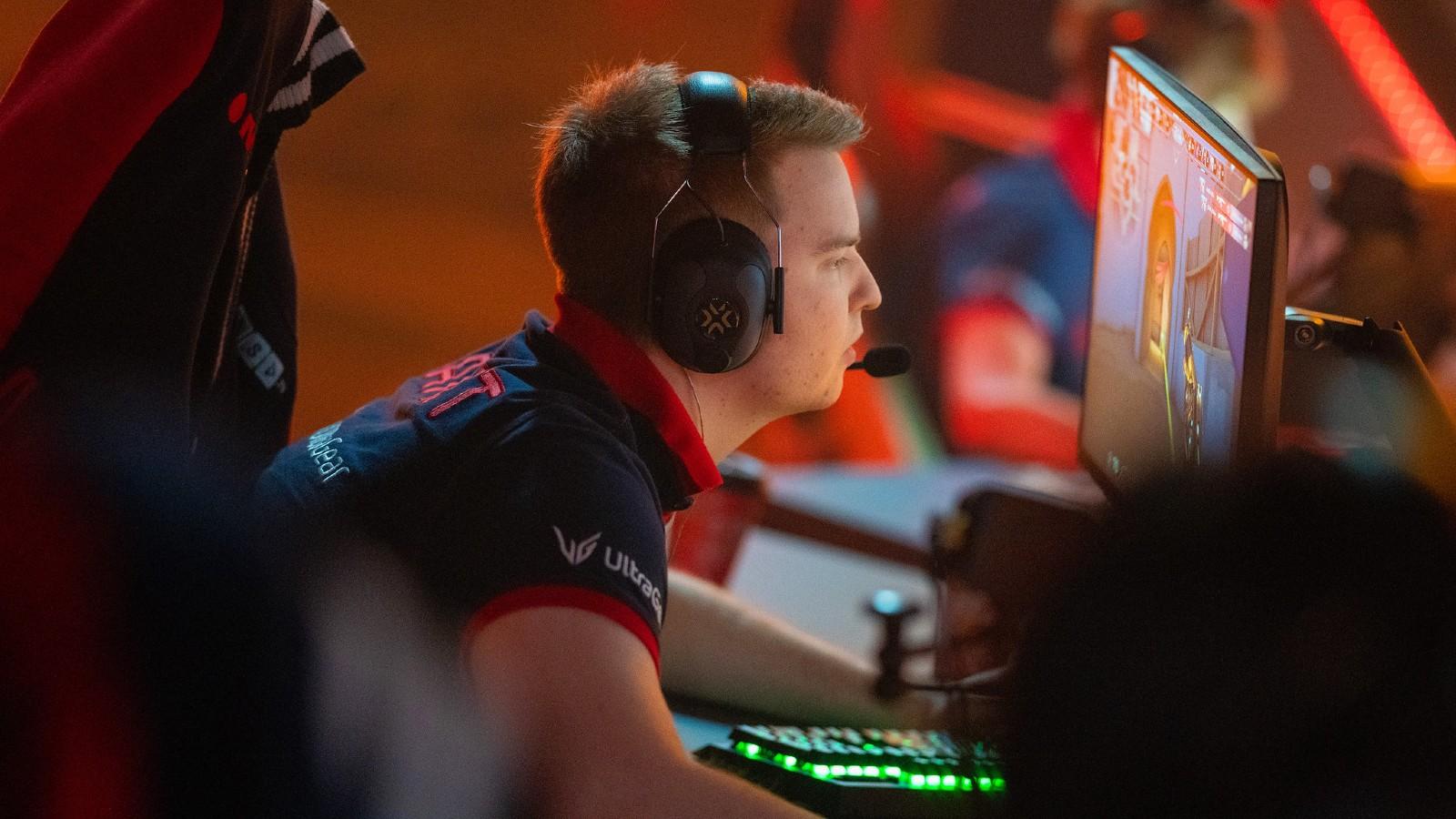 Michal Konkol/Riot Games
Michal Konkol/Riot GamesHis motto is “retention through creating value.” All players want to keep competing for as long as they can, at the highest level they can, and if physiotherapy can provide a viable route to allow that, then players will have a much easier time implementing healthy stretching habits.
Dr. Tsai’s focus for his LCS clients is on creating a physical routine that is incorporated into the process of getting into a league game. Locking in a champion, setting your rune page, selecting your summoner spells: all these steps can be accompanied by some minor form of stretching.
Team getting ready to 3-0 yet another overrated #LCS team pic.twitter.com/pbAXdsUlDV
— Evil Geniuses (@EvilGeniuses) April 24, 2022
Not only do these stretches aid long-term physical performance, but they also help massively with mental concentration and getting into the headspace to compete. He cites the rituals of baseball players as they head up to bat as one example of these physical rituals that can aid mental preparation.
The physical benefits aren’t just in the long term, either. Studies have shown that muscle warmth is directly correlated to reaction speed. The warmer you and your muscles are, the better your visual attention and subjective alertness are.
If you’ve ever seen players holding hand warmers on stage at esports events, this is why – but Dr. Tsai explains that warmth from blood flow to muscles is generally much more useful than warmth from an external hand warmer.
LCS Spring champion midlaner Joseph ‘Jojopyun’ Joonpyun, a client of Dr. Tsai’s, does fifty jumping jacks before every scrim or match. If it’s good enough for an LCS champion, then it’s good enough for your everyday at-home gamer.
Being fitter really does help you play better
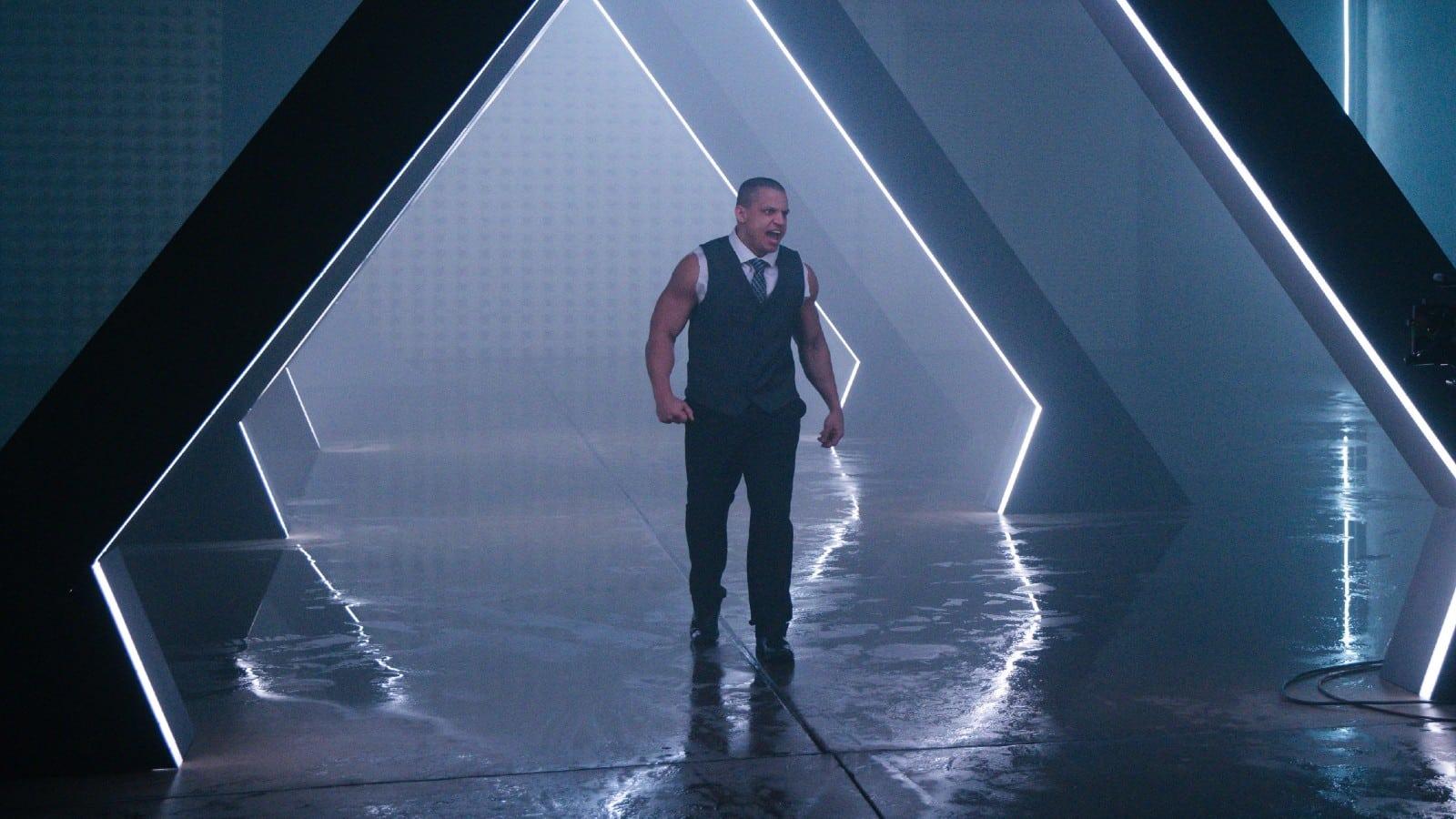 The worlds of gaming and fitness are starting to see more and more overlap, through events like the Twitch powerlifting meet hosted by streamer and LCS 2022 Spring finals host Tyler ‘Tyler1’ Steinkamp.
The worlds of gaming and fitness are starting to see more and more overlap, through events like the Twitch powerlifting meet hosted by streamer and LCS 2022 Spring finals host Tyler ‘Tyler1’ Steinkamp.Physical fitness contributes massively to overall quality of life. But it’s just as important for improving your team fighting and head shotting capabilities as it is for improving your ability to walk up the stairs without getting winded.
Improvement of tissue capacity and muscle endurance is one of the best ways to minimize the effects of the kind of “gaming marathons” esports players undergo daily in scrims. And the best way to improve tissue capacity and muscle endurance? Exercise.
Catch the Swolebros in the newest @ironmanmagazine 💪 pic.twitter.com/fE28GLchWi
— Greyson Gilmer (@Goldenglue) April 25, 2019
However, Dr. Tsai explains that personal training in esports still has a way to go before it’s perfectly tailored to the sport. “These players aren’t like basketball or baseball players, and so they can’t be treated as such,” he explains. “I don’t care if my jungler can deadlift 200 pounds – raw strength is overrated in esports, endurance is much more necessary.”
While raw strength is useful, but not a necessity for competitive gaming, cardiovascular fitness and endurance definitely are. More and more LCS organizations are starting to use heart rate monitors during their practice sessions, to monitor the peaks and troughs of cardio activity during intense scrims.
The one on my left wrist is a sleep/health tracker not an apple watch, but both of them do the same thing yes. I'm just using both for a while to compare consistency and results to decide which one I'd rather use for the long term 🙂
— Bjergsen (@Bjergsen) February 28, 2022
Team Liquid midlaner Søren ‘Bjergsen’ Bjerg wears a Whoop strap, a fitness wearable that tracks heart rate variability, or the variation in time between each heartbeat. The higher your HRV, the better your cardiovascular fitness and, therefore, your stress resilience.
Dr. Tsai explains that, although better cardio fitness won’t fix everything, it can improve a player’s potential skill ceiling, and that a team with better overall cardio fitness will generally perform better than an unfit team on a level playing field.
“Physical health is ultimately not going to make you a better player,” he stated, “but you will also never be the best if you’re physically unhealthy.”
What place does physio have in esports?
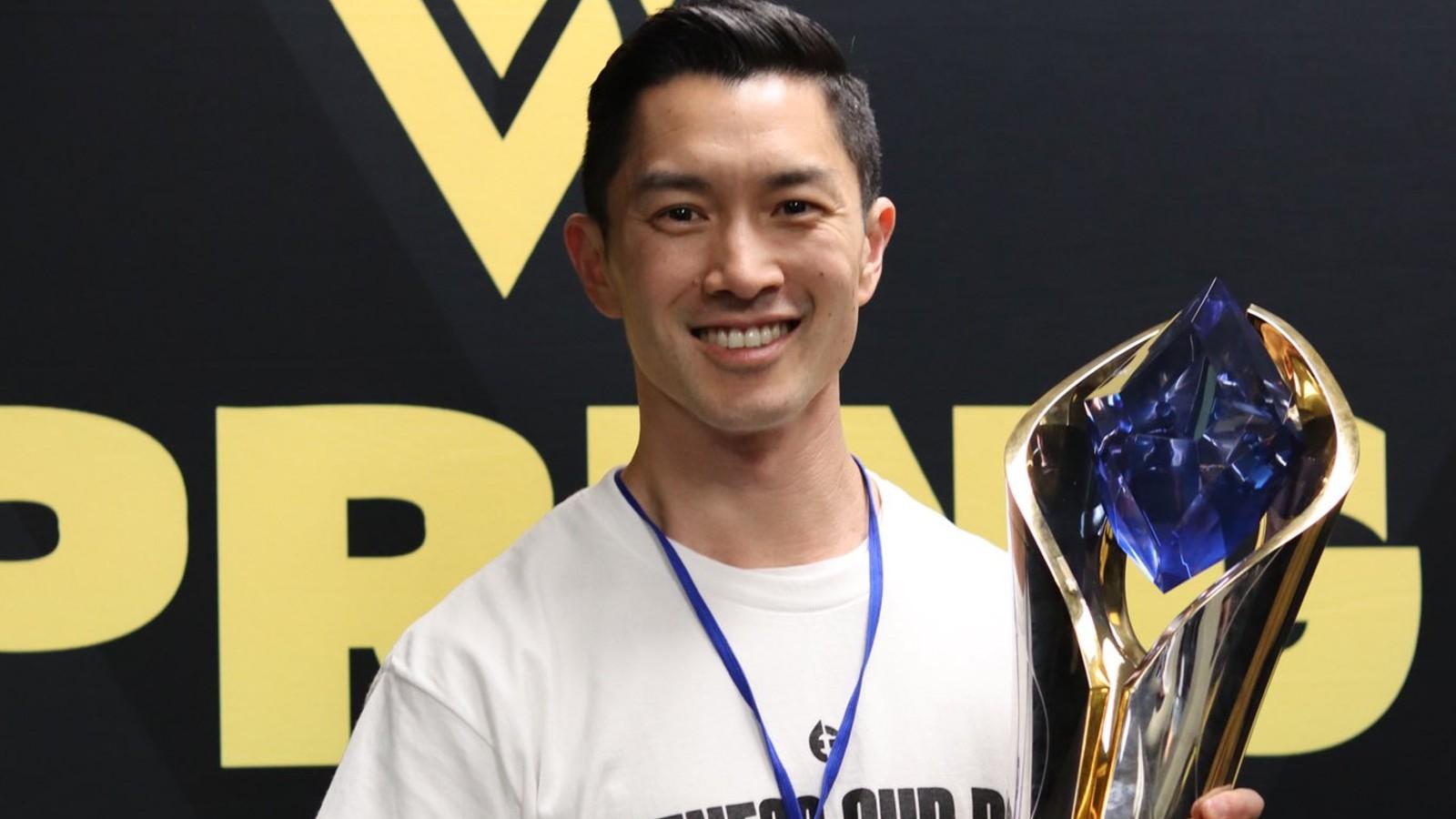 Twitter @DrJordantsai
Twitter @DrJordantsaiDr. Tsai didn’t come into esports as a gaming outsider. He was an OG Nintendo fan as a child, and a devout Starcraft 1 player who dreamed of a life where he could be paid to play the game. His interest in esports like Starcraft, Brood Wars, and CS:GO fell off during his time in the military, but he rediscovered the world of esports during his final year in physical therapy school.
The options for physical therapy careers in the US are limited. Dr. Tsai wasn’t interested in any of the traditional routes of a physiotherapy career, so he started looking into the potential of esports physio. It was at the season 1 Overwatch League finals that he was truly inspired, and got into League of Legends a short while afterward in working with Cloud9.
Lastly, I’ve been fortunate enough to work with 3 LCS teams so far in my esports career. All 3 now have championships 🙂
— DocRespawn (@doc_respawn) April 24, 2022
He’s been in esports physiotherapy for three and a half years and has seen significant progress and change in attitude within the industry in the past two years. The initial involvement of physio and overall health in the scene was a lot of simple fixes – not just posture and mouse grips, but eating habits and lifestyle.
Injuries aren’t as well understood in esports as in other sports. “People don’t factor for health-related risks when signing players in esports,” he explained, “but that’s incredibly commonplace in other sports.”
And we’re already seeing the effects that a lack of physical therapy in the industry has had up to this point. Players like Jian ‘Uzi’ Zihao and Kim ‘Deft’ Hyukkyu are two high-profile examples of career-shortening injuries, with Uzi even being forced into a brief retirement in 2021 as a result of numerous health conditions.
But according to Dr. Tsai, these kinds of injuries and early retirements are entirely preventable.
“There’s no reason players can’t be playing longer. Studies have shown that your reflexes don’t slow down until after 35, and even then slower reflexes can be made up for with experience. If you’ve played enough, you don’t need to have lightning-fast trigger fingers to flash a gank – you have the experience to know that there’s a high chance the enemy jungler will be near your lane, so you play more safely and avoid the need to flash altogether.”
Team culture in the LCS
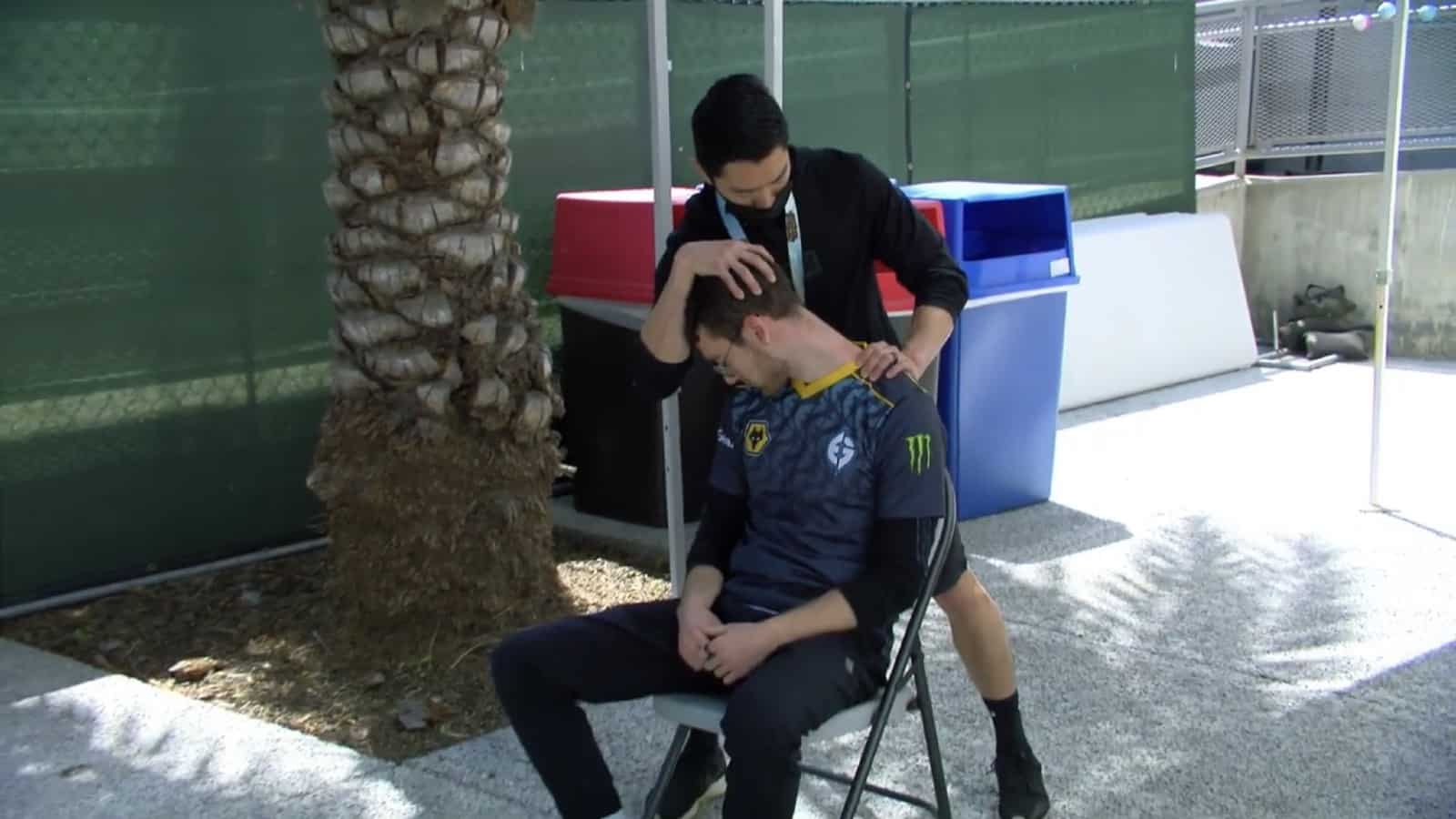 Twitter @DrJordantsai
Twitter @DrJordantsaiThe approaches of individual teams to player health and physio vary wildly. Dr. Tsai works with multiple LCS organizations, and each one has a different stance on maintaining their players’ well-being.
LCS Spring champions Evil Geniuses are a team made up of a lot of young players, and therefore have what Dr. Tsai calls a “more directed approach” to instilling good habits in their rookies. Cloud9 are similar, with team workouts every morning and punishment for lateness (paying for coffee for the whole team.
However, other organizations are much less regimented when it comes to their players. Team Liquid, one of the most veteran rosters in the LCS, often relies on its veterans to dictate team culture.
“You’re not going to go up to Bjergsen and say ‘you have to do this’, because he’s been playing long enough that he knows what works for him.” Dr. Tsai says. “You can suggest possible improvements, and he will always listen, but you can’t be prescriptive with a player at that level of experience.”
Player health will never be one-size-fits-all. As we’re seeing more and more teams invest in performance coaches and physiotherapy, we’ll likely see an increase in career length for pro players. Currently, the oldest professional player in major region competitive League is FlyQuest support Zaqueri ‘Aphromoo’ Black, who turned 29 in September 2022.
He may become one of the first professional players to continue their career into their thirties. League is still a fairly young esports, heading towards its thirteenth year, but the number of players who have been able to stay in competitive play from the very beginning and grow alongside the game is worryingly low.
Making a difference
Dr. Tsai’s ultimate aim is to ensure that, in the LCS, the cause of retirement is only ever “mental burnout, not physical strain.”
It’s normal to stop loving the game and follow your passions elsewhere. It is not normal to be forced to stop competing in the thing you love most in your mid-twenties because of severe and debilitating musculoskeletal issues.
Esports still has a long way to go when it comes to maintaining player longevity. But as games like League of Legends mature into their first decade of competitive play, it’s clear that people like Dr. Tsai are needed to keep the sport sustainable and enjoyable for both players and viewers.